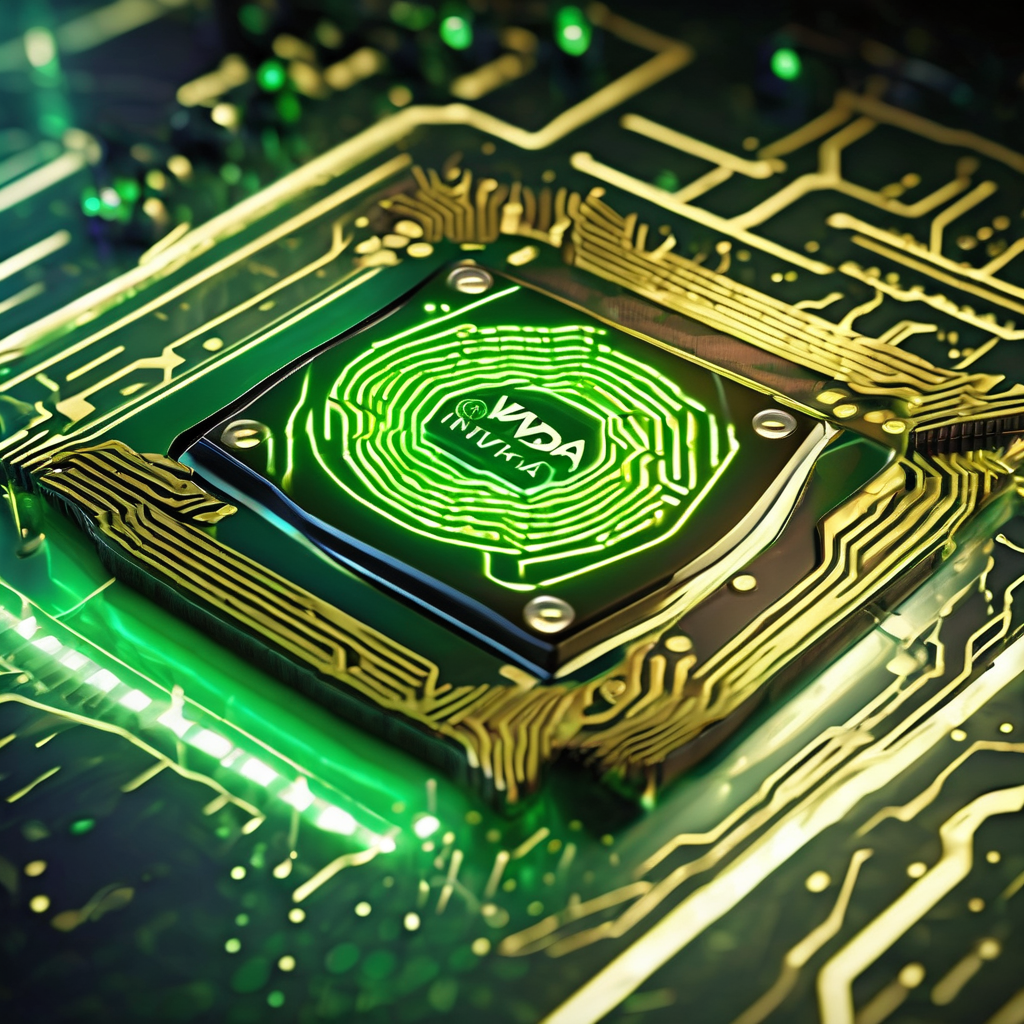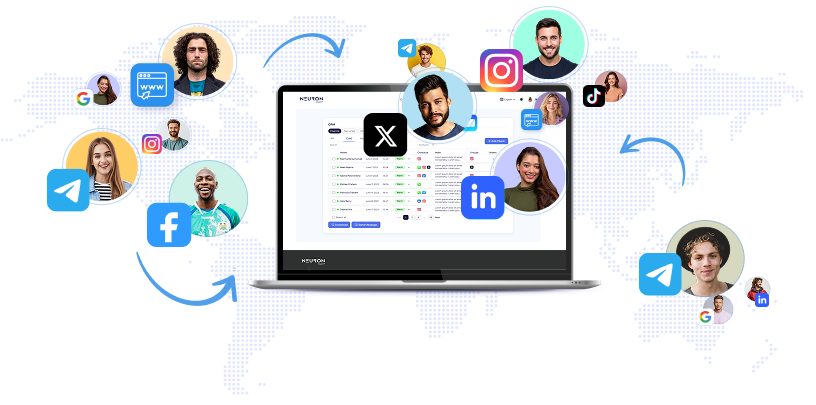
Since the 1950s, machine learning (ML) has evolved from a theoretical concept to a vital tool in everyday life. Initially built on simple models like neural networks and algorithms, AI has undergone decades of research and progress. **Pt. 1: Building Blocks** *Machine Learning:* Researchers began developing machine learning in the 1950s, successfully creating programs capable of learning from data, like Arthur Samuel's checkers-playing program. By feeding data into models and using algorithms, these systems improved their predictive accuracy over time, moving from simple linear regression to handling complex data efficiently. *Neural Networks:* Inspired by the human brain's structure, Warren McCulloch and Walter Pitts developed a model in the 1940s that laid the groundwork for neural networks. These networks process information like the brain does, and with the development of backpropagation in the 1980s, they became adept at recognizing patterns, aiding tasks such as image recognition and speech analysis. **Pt. 2: Perception and Understanding** *Natural Language Processing (NLP):* Initially reliant on rigid rules, NLP evolved through statistical methods to allow machines to understand language by recognizing patterns in data. Breakthroughs in deep learning have enabled systems to handle complex language tasks, from translations to conversational AI, providing integral services like legal document analysis and medical records interpretation. *Computer Vision:* Emerging in the 1960s, computer vision aims to help AI visually interpret its surroundings.
While early systems could only handle basic tasks, advances in neural networks allow modern AI to process and understand complex visual scenarios like facial recognition and autonomous navigation. **Pt. 3: The Transformer Revolution** *Transformers:* Introduced by Google researchers in 2017, transformer models revolutionized AI's ability to process sequential data by using an attention mechanism to focus on relevant information. This improvement has enhanced capabilities in areas like language translation and text generation, influencing fields beyond language processing, such as drug discovery. **Pt. 4: AI's Expanding Horizons** *Recommendation Systems:* Originating in the 1990s, recommendation systems personalize user experiences by analyzing behavior patterns. Advanced systems blend collaborative and content-based filtering to provide personalized suggestions for various domains, from entertainment to healthcare. *Diffusion Models:* Emerging in 2015, diffusion models transform noise into coherent images by iteratively adjusting pixel data. These models, useful in creative and scientific applications, generate new training data, enhancing AI development. **Future of AI** AI continues to evolve, with research on Explainable AI aiming to clarify AI decision-making processes, especially in critical industries like healthcare and finance. As AI becomes more intertwined across previously separate domains, its potential will expand, pushing the boundaries of what machines can achieve and how they enhance human capabilities.
The Evolution of Machine Learning: From Neural Networks to AI's Expanding Horizons


Around 2019, before AI’s surge, C-suite leaders primarily worried about ensuring sales executives accurately updated the CRM.

Otterly.ai, a pioneering Austrian software company, has recently attracted attention for its novel approach to monitoring brand and product representation within responses generated by large language models (LLMs).

Nvidia has recently become the first company to reach a $5 trillion market valuation, just three months after surpassing the $4 trillion mark.

Scope AI has unveiled a groundbreaking advancement in data security through the development of its quantum resilient entropy technology, known as QSE Technology.

Artificial intelligence is dramatically reshaping video analytics by enabling the extraction of actionable insights from massive quantities of visual data.

The Year of Vibe Marketing and Human-Made Content AI continues to transform the world, altering audience expectations and redefining the roles of marketing professionals

Advertisers are increasingly leveraging artificial intelligence (AI) to transform the creation and delivery of video advertisements.
Launch your AI-powered team to automate Marketing, Sales & Growth

and get clients on autopilot — from social media and search engines. No ads needed
Begin getting your first leads today